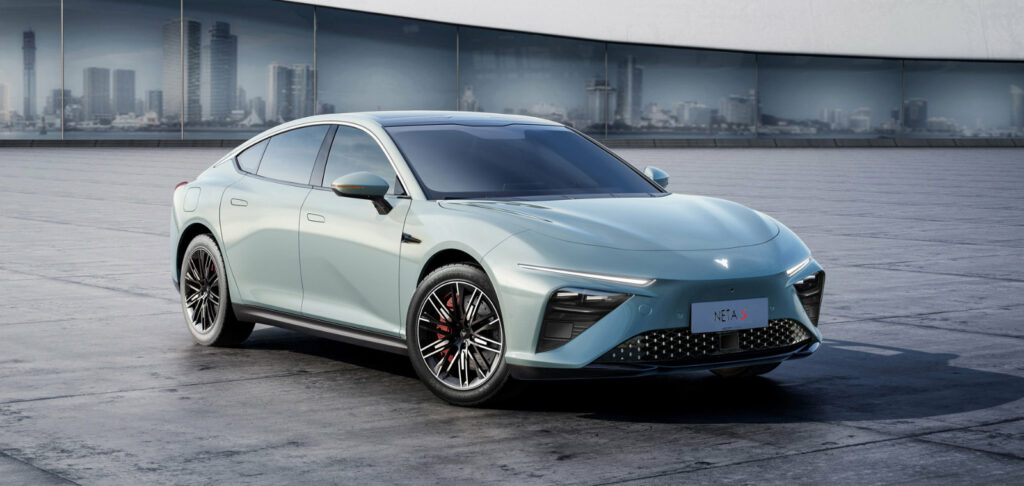Extra plug for my friend Randy Scobey, who has written a memoir. Since Randy and I met through blogging in 2006, it seems fitting to mention this on my blog. What I wrote in Lucire about his book is heartfelt. If you want to read a first-hand account on the stigma felt by the […]
Read More… from My friend Randy writes a book; our ‘Written by humans’ graphic; Hart’s is economical
